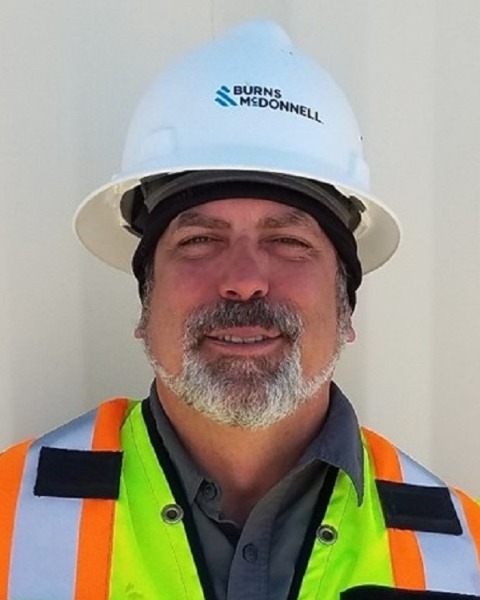Claim Credit Verification Code: 2036
Case Study
Regulations/Compliance
Project-Specific Environmental Orientation – Who, What, How, and Why
Wednesday, February 28, 2024
10:20 AM - 11:20 AM US PST
Location: 401C
Earn 1 PDH

Kenneth A. Gouvion, MS Biology, CISEC, CPESC
Senior Environmental Scientist
Burns and McDonnell Engineering, Inc.
Olathe, Kansas, United States
Presenter(s)
Presentation Description : You have developed a stormwater pollution prevention plan (SWPPP) and acquired all relevant permits. You thought you were prepared and that everyone knew what was expected, only to have non-compliance issues during construction. This is typically due to a lack of understanding of the intent behind the permit, misinterpretation of the permit language, or even just a lack of understanding of the types of best management practices (BMPs). This presentation focuses on how to properly conduct the orientation and the benefits of having all contractors attend a project-specific environmental orientation prior to being allowed on the project site, and recommendations on what should be covered in these orientations.
The topics discussed should include all relevant environmental and non-environmental permits associated with the project as well as any special or sensitive resources. These could include special use waters, 303(d) listings, highly erosive soils, contaminated or impacted soils, high value wetlands or waterways, cultural resources, protected species habitats, etc. BMPs that will be used during construction and those that will be installed for post-construction should be covered. This section should discuss their proper installation and maintenance, how BMPs function to minimize erosion and offsite sedimentation, and why a specific BMP may be used in specific situation, versus a similar alternative. Finally, the responsibilities of the individual contractors should be covered. This should address how their actions can adversely affect the SWPPP and associated BMPs as well as spill prevention control and countermeasures, water management, material handling, fire prevention, and general housekeeping.
The topics discussed should include all relevant environmental and non-environmental permits associated with the project as well as any special or sensitive resources. These could include special use waters, 303(d) listings, highly erosive soils, contaminated or impacted soils, high value wetlands or waterways, cultural resources, protected species habitats, etc. BMPs that will be used during construction and those that will be installed for post-construction should be covered. This section should discuss their proper installation and maintenance, how BMPs function to minimize erosion and offsite sedimentation, and why a specific BMP may be used in specific situation, versus a similar alternative. Finally, the responsibilities of the individual contractors should be covered. This should address how their actions can adversely affect the SWPPP and associated BMPs as well as spill prevention control and countermeasures, water management, material handling, fire prevention, and general housekeeping.
Learning Objectives:
At the conclusion of this presentation, attendees will:
- Understand the importance of a proper environmental orientation.
- Develop an environmental orientation that covers all relevant permits and how they affect the construction activities.
- The importance of never assuming the contractor understands the SWPPP or the relevant permits.

.jpg)
